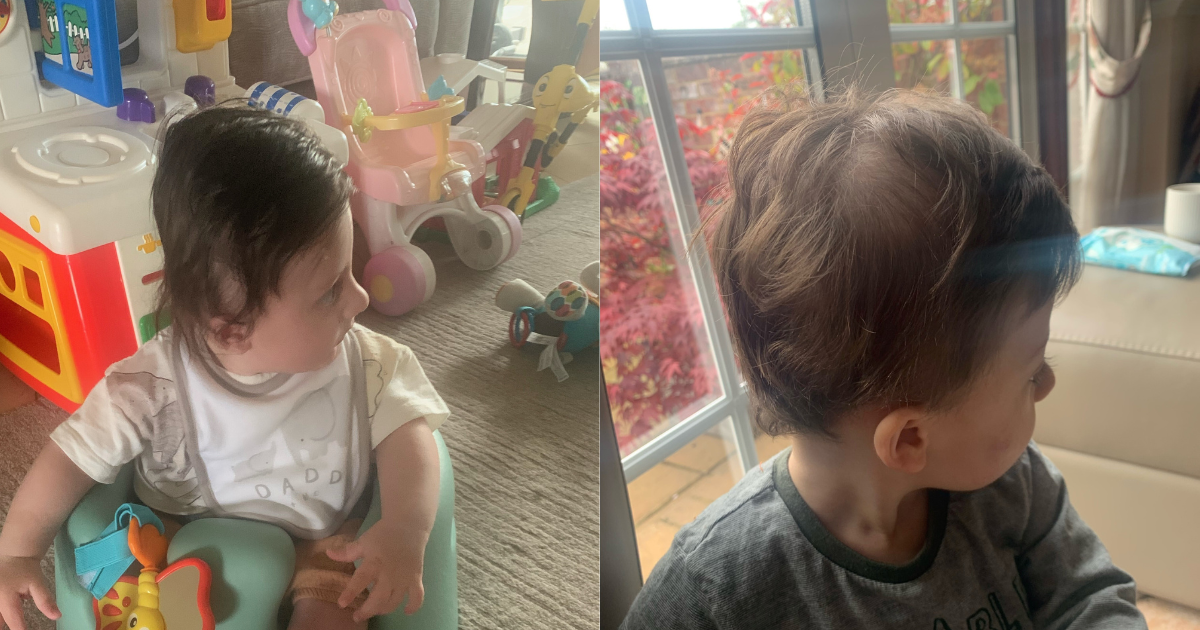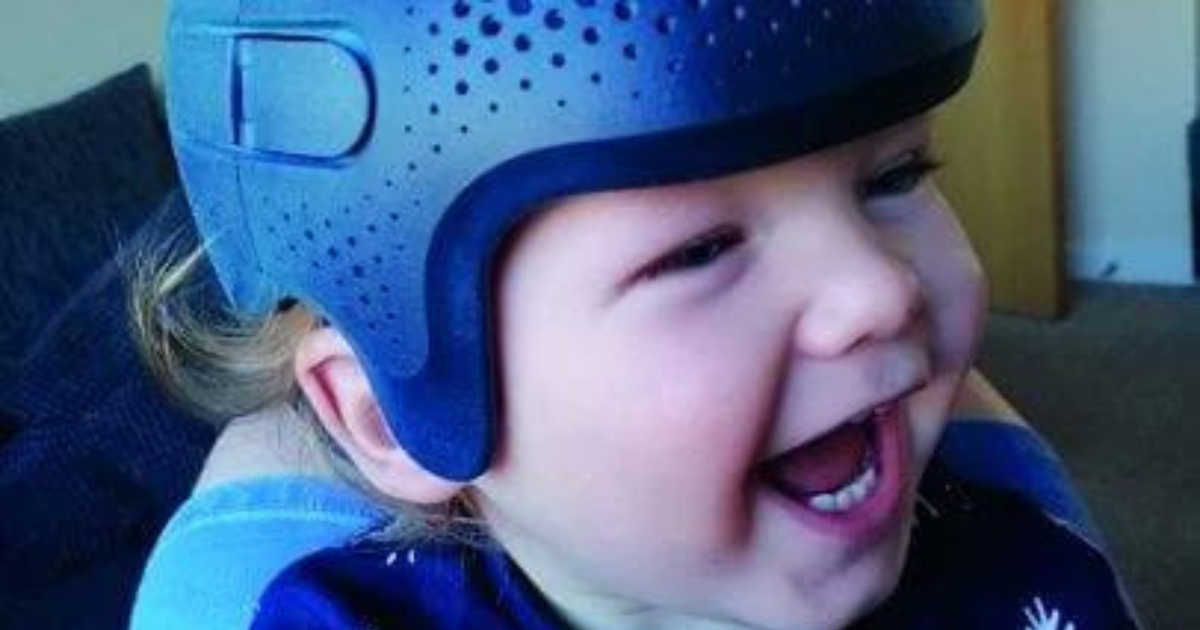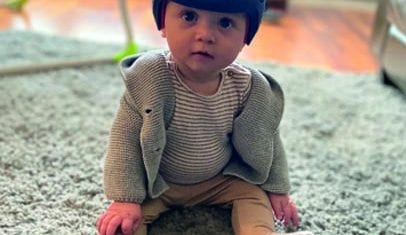
Michael’s Mum Maria talks us through his journey with plagiocephaly and treatment with his “superhero” helmet.
“Michael was my first baby and I followed baby sleep rules and he slept on his back. I didn’t know to reposition during the day and the flat head came as a result.”
Nobody had told Michael's mother that this was a condition that could happen. So, when other people commented that Michael’s head did not look right, his Mum took him to the doctor.
I did not find the NHS supportive, and started my own research.
At that time, she felt really upset—she worried Michael would look different and maybe get bullied. She knew his hair would not cover the shape and worried he would not be able to wear glasses.
She followed the doctor’s advice to start repositioning Michael and hoped it would get better. “I did not find the NHS supportive,” she admits, “and started my own research.”
Feeling a little let down by the NHS, Michael’s mum spoke with friends and relatives and then looked online. It was then she came across someone on social media whose child had also had a flat head like Michael’s and been treated with a helmet.
After researching local clinics, she made an appointment to take Michael into their local TiM clinic.
It wasn’t easy finding out that Michael’s flat head syndrome was in the “severe” category, Maria explains, admitting she cried when she got home. But she felt “reassured” when she spoke with the clinician and felt glad they could do something.
“Because his head shape was so bad, the decision [to pursue treatment] was quite easy,” she explains. She ”had to take a chance to fix it”.
The thought of Michael having to wear his helmet for 23 hours a day was daunting, but Michael adapted well. It was “harder for me,” Maria noted. The first week was more difficult due to sleep and keeping him comfortable. “It was trial and error with towels and clothing,” his mum explains. But, from then on, the plan and process were very clear, and the family felt guided through it.
At one point, Michael developed a rash, which cleared up without issues. Later on, he fell unwell and had to remove his helmet until he was better. “But otherwise, he adapted well and wore it with no issues,” his mum says.
The family came to refer to it as his “superhero” helmet. They found the TimbandAir “amazing”, describing it as less “clinical” and “old-fashioned” than others out there. “His face looked so cute in the helmet!”
Most importantly, Michael’s treatment had a great result, resulting in a normal-looking head.


From the first appointment, the one-to-one session, personal Whatsapp contact and Facebook support from other mums, the family felt there was “loads of support”.
It wasn’t “intrusive”, but they felt “supported”, Maria reports. It’s a lot of money but well worth it, she went on to explain. An instalment plan helped and there are ways to find the money.
She urges other parents who find their child with a severe condition not to leave things be and hope the problem will correct itself. “It won’t.”
The family’s advice for other parents considering helmet treatment for their child? “100% do it.”
From the first appointment, the one-to-one session, personal Whatsapp contact and Facebook support from other mums, there was loads of support.


